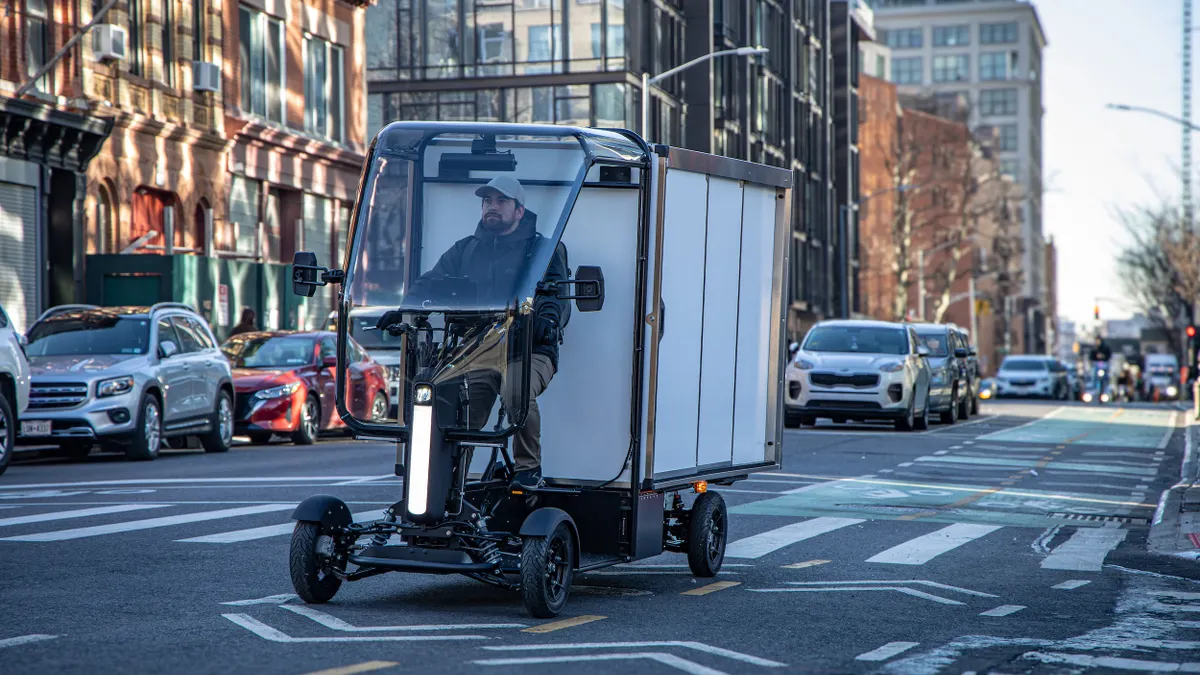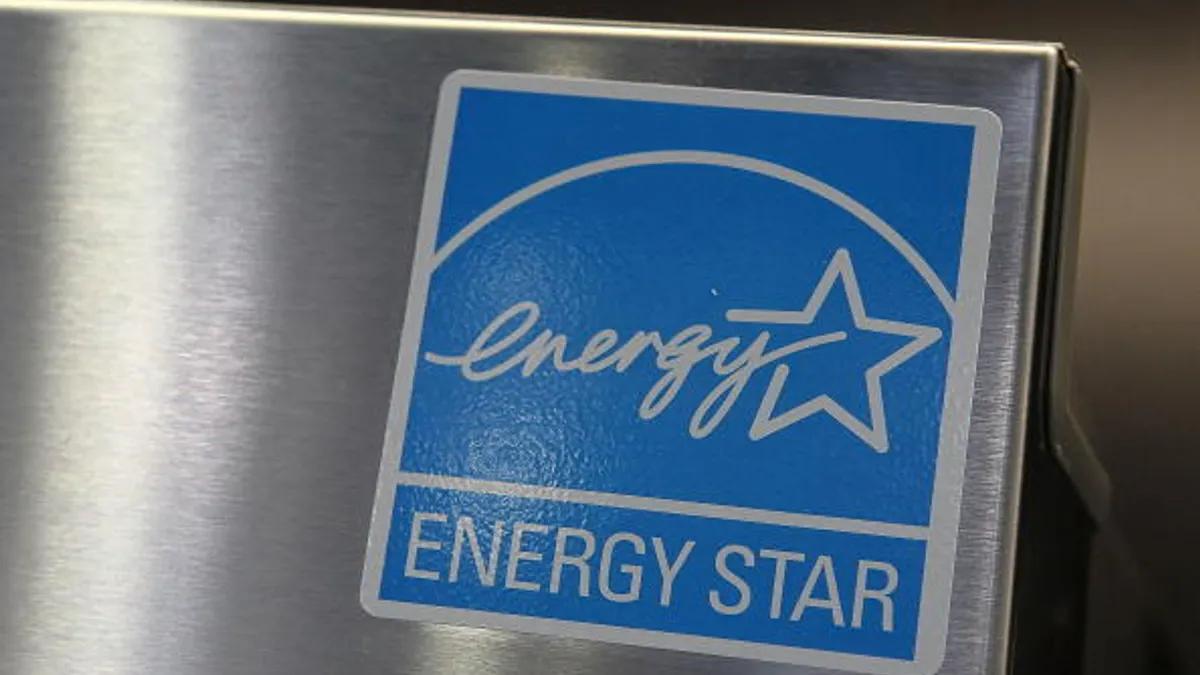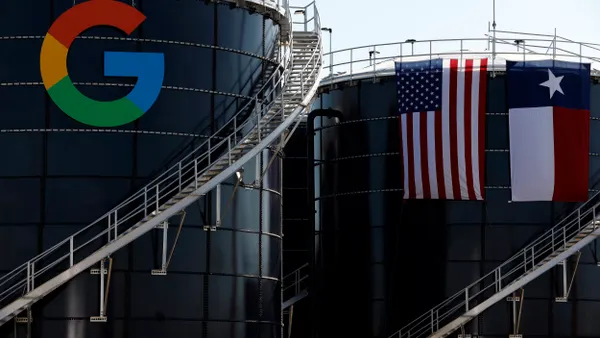Editor's note: This article was originally published in American City & County, which has merged with Smart Cities Dive to bring you expanded coverage of city innovation and local government. For the latest in smart city news, explore Smart Cities Dive or sign up for our newsletter.
The use of artificial intelligence is rising, and so is the amount of electricity needed to power the new technology.
States across the country are seeing surges in electricity usage from businesses incorporating AI, according to a recent study by internet marketing company DesignRush. The study analyzed how much electricity these businesses use to run AI tools in each state on average annually.
Maine ranked the highest with an average of 8,642.51 kilowatt-hours used per business per year. By comparison, the average U.S. household uses 10,791 kilowatt-hours of electricity per year, according to 2022 U.S. Energy Information Agency data.
“Maine has just over 74,000 businesses, and around 5,000 of them use AI tools,” the study stated. “With an average of 11.5 employees each, that’s nearly 58,000 people using AI at work.”
The average annual energy used by businesses to power AI in Maine is enough to power approximately 4,158 homes, according to DesignRush.
In late 2024, Maine Gov. Janet Mills established an AI task force to explore ways of leveraging and regulating the technology in the state.
Maine was followed in average annual AI energy use per business by Virginia and Colorado, where businesses used an estimated 8,394.08 and 8,289.57 kilowatt-hours, respectively.
The drain on electricity from AI tools is not expected to slow down any time soon. The electricity usage of data centers around the globe is set to more than double by 2030 to 945 terawatt-hours, and AI is anticipated to be “a significant driver” of the surge, according to a report by the International Energy Agency. Nearly half of that power usage is expected to come from the U.S., which is on track to use more electricity for processing data in 2030 than it currently uses to manufacture aluminium, steel, cement and chemicals combined, according to the IEA.









